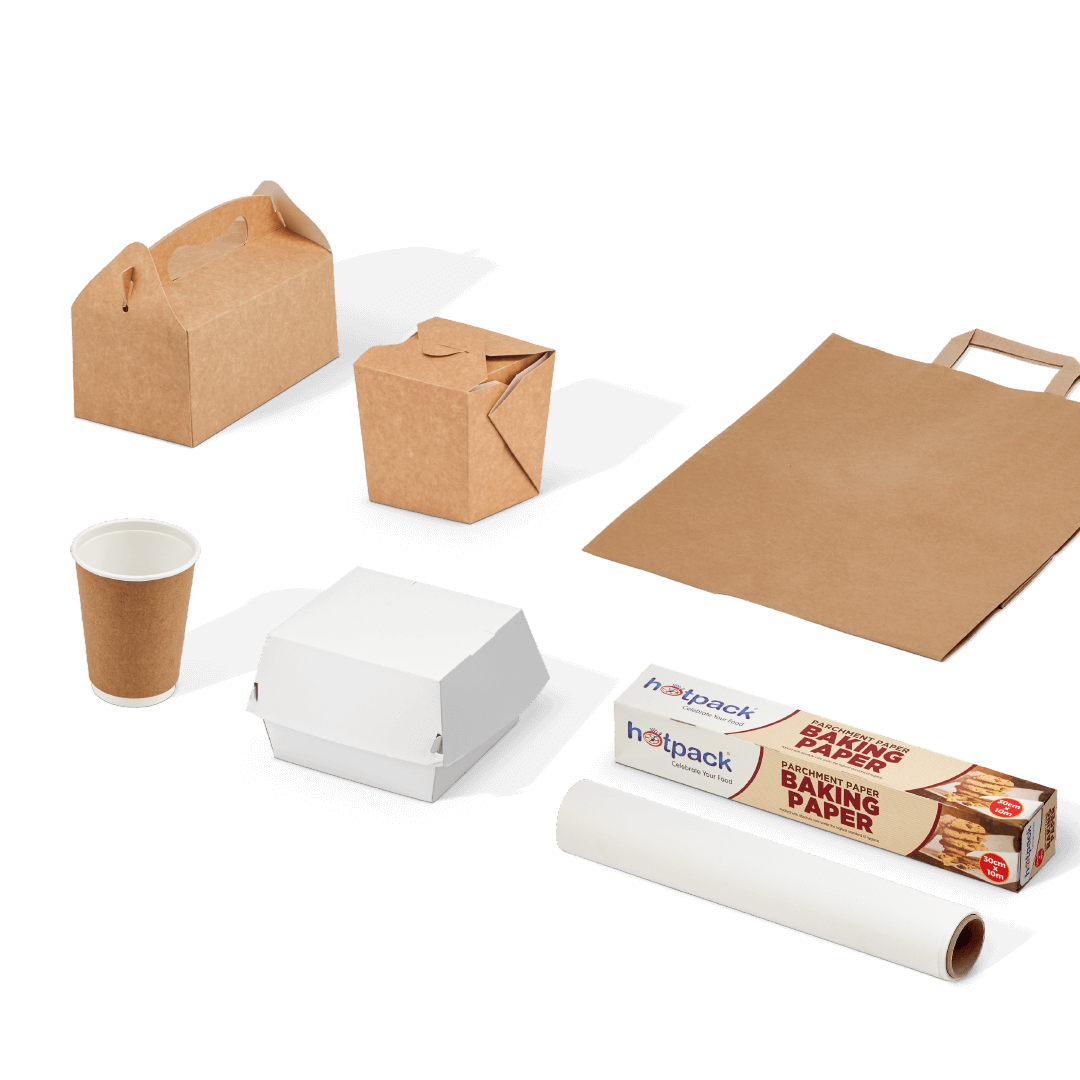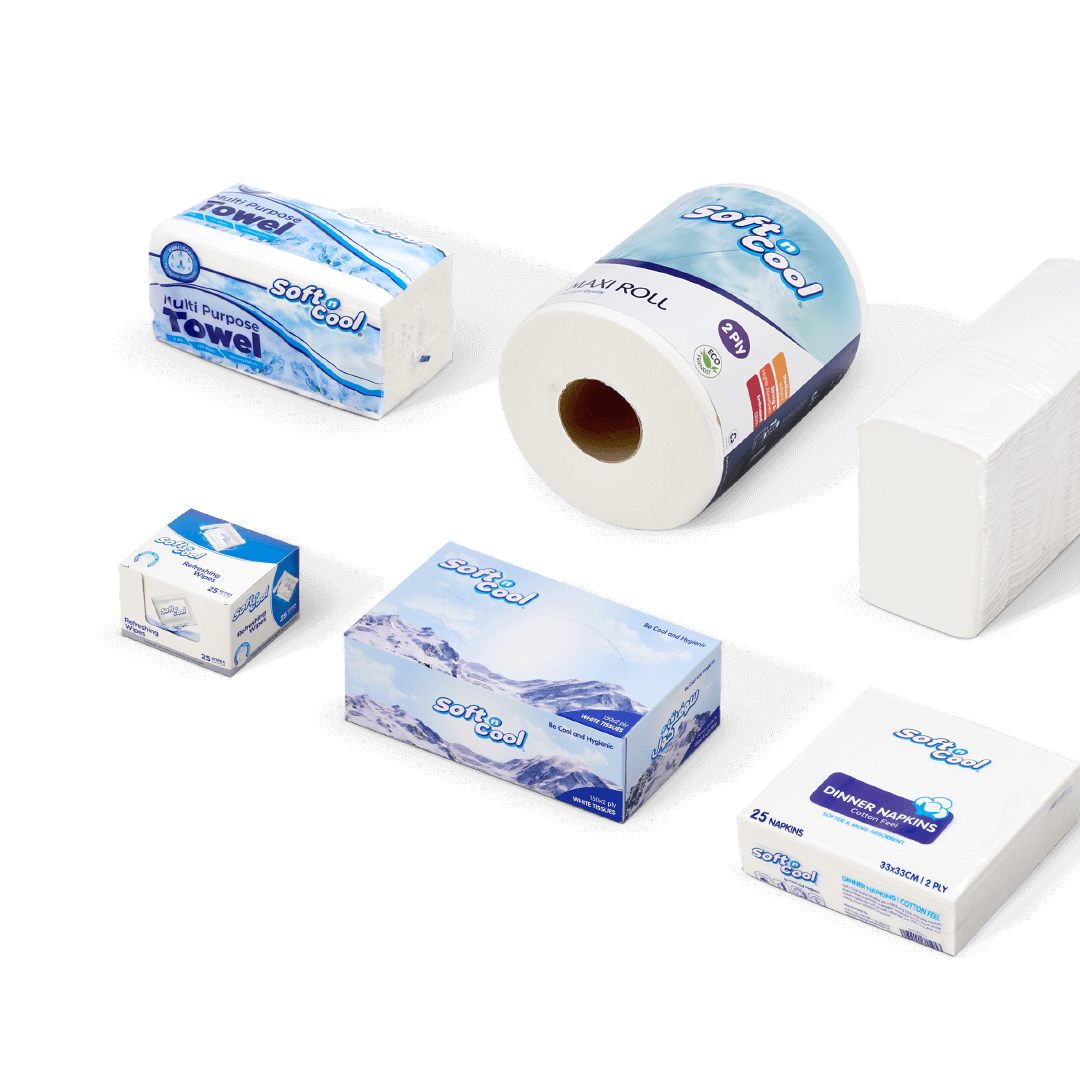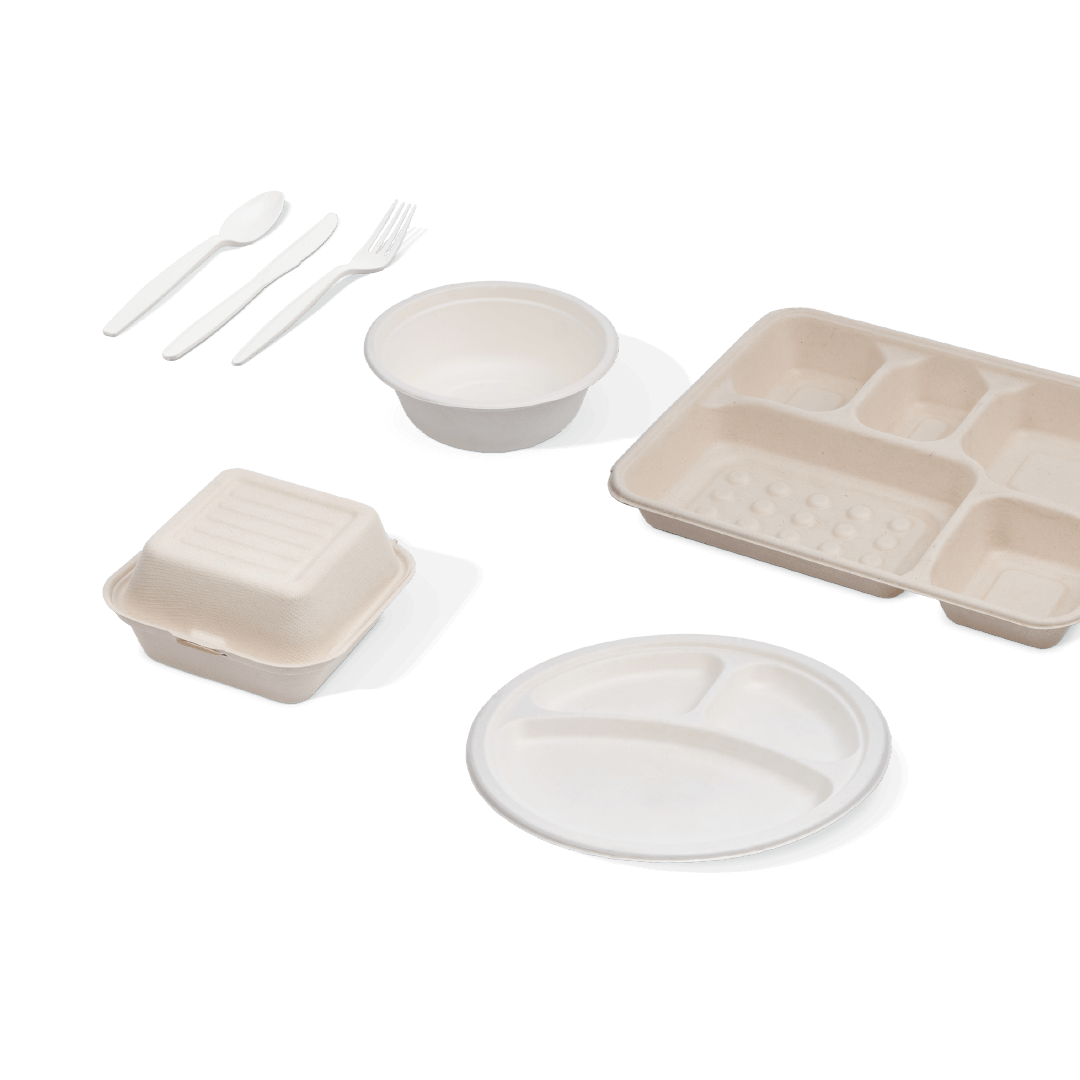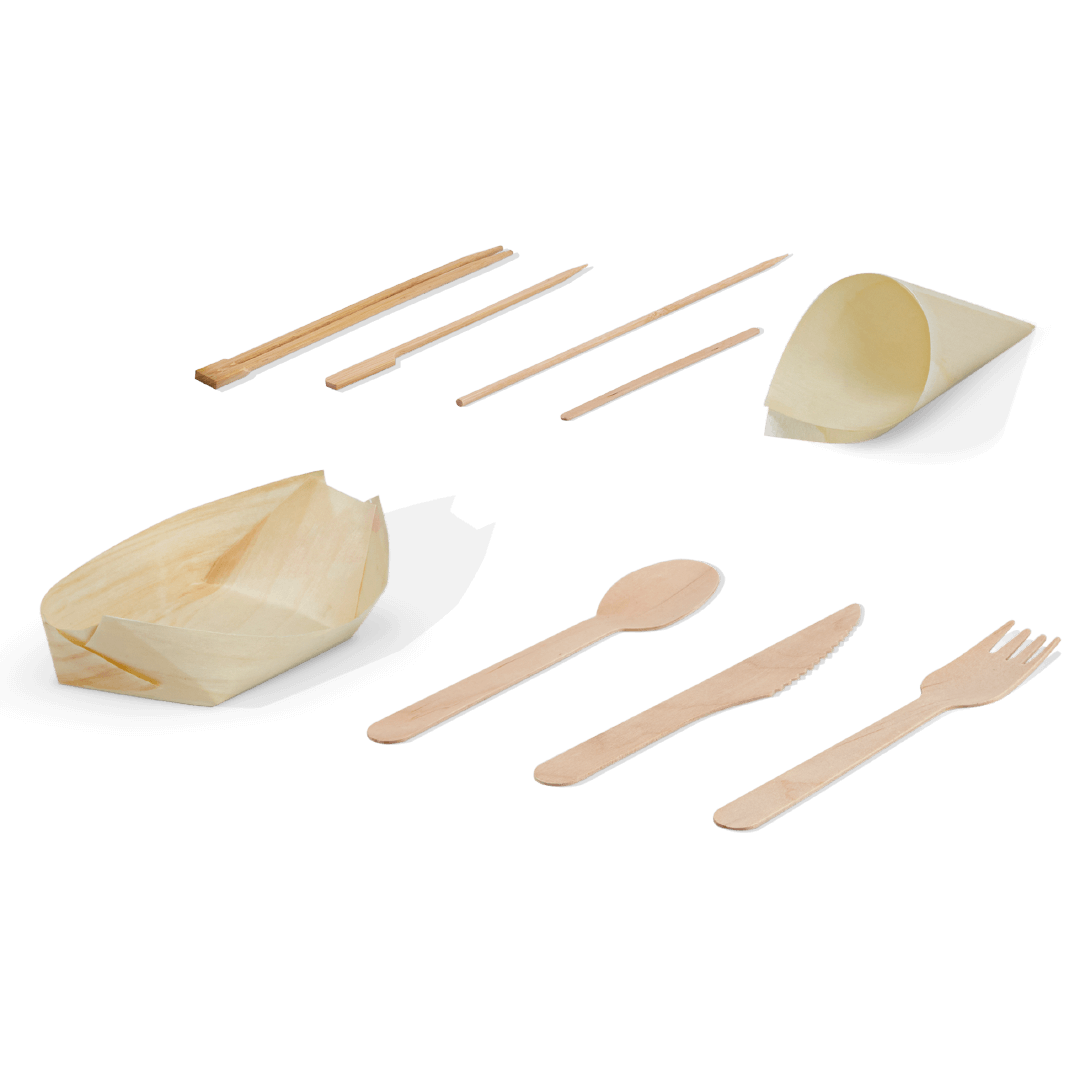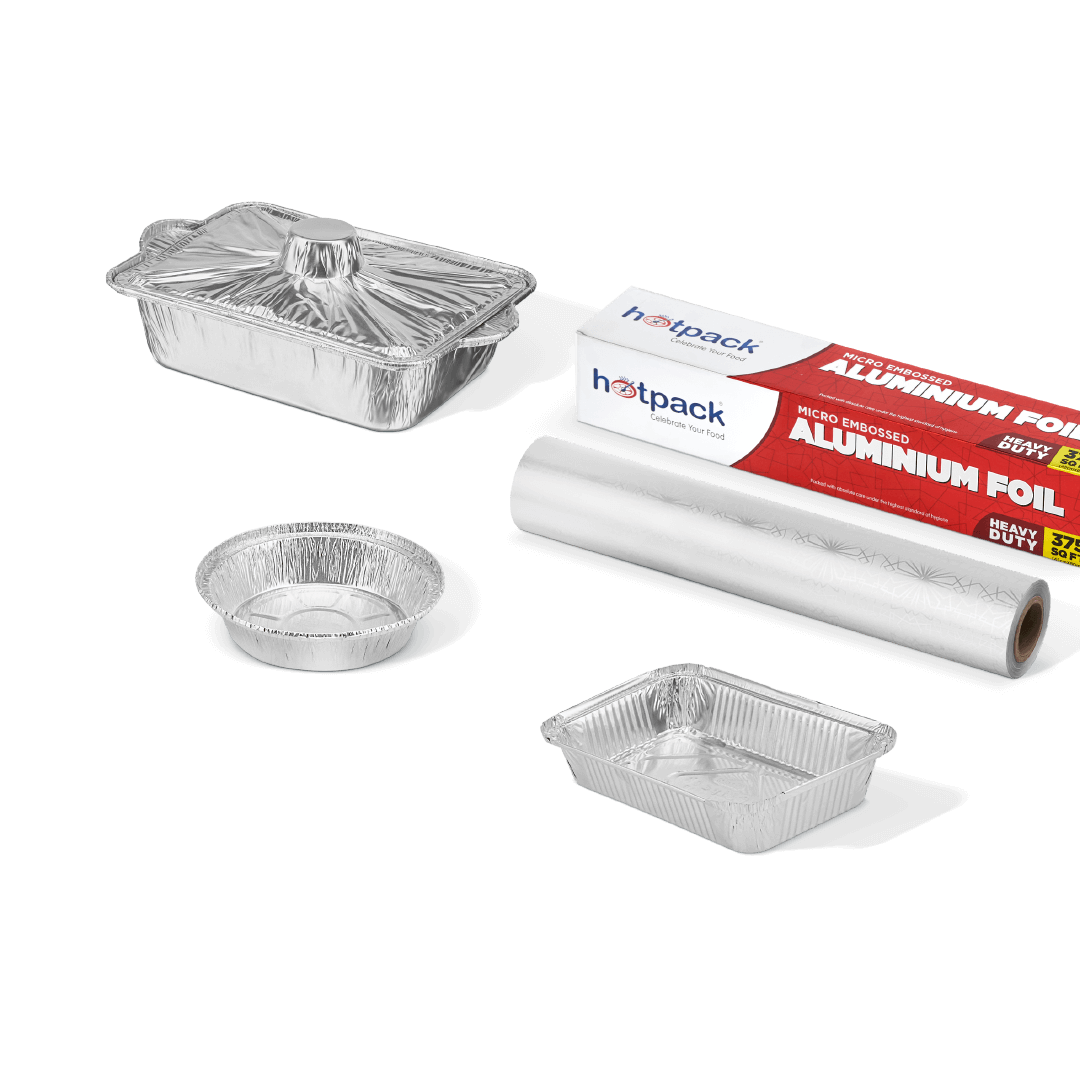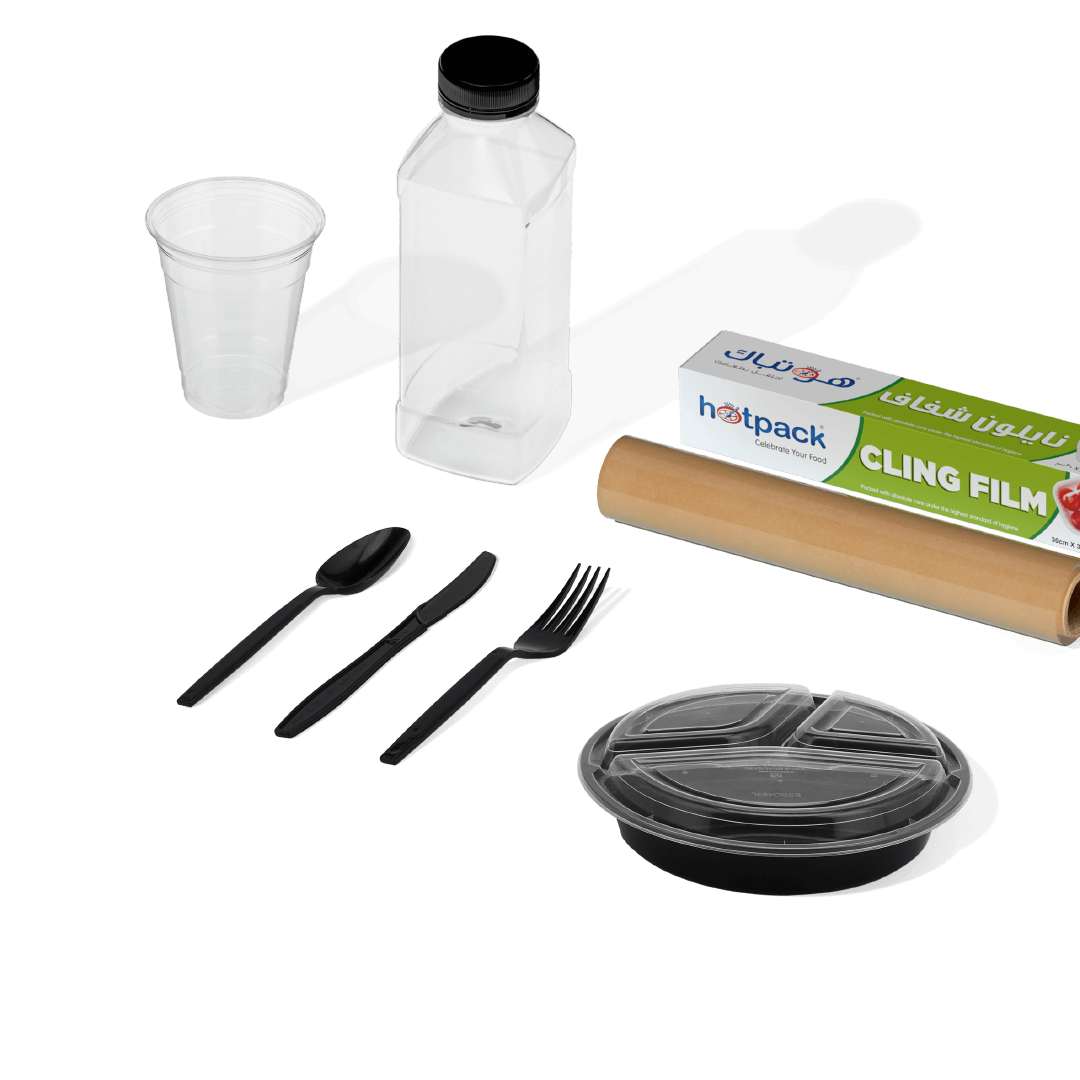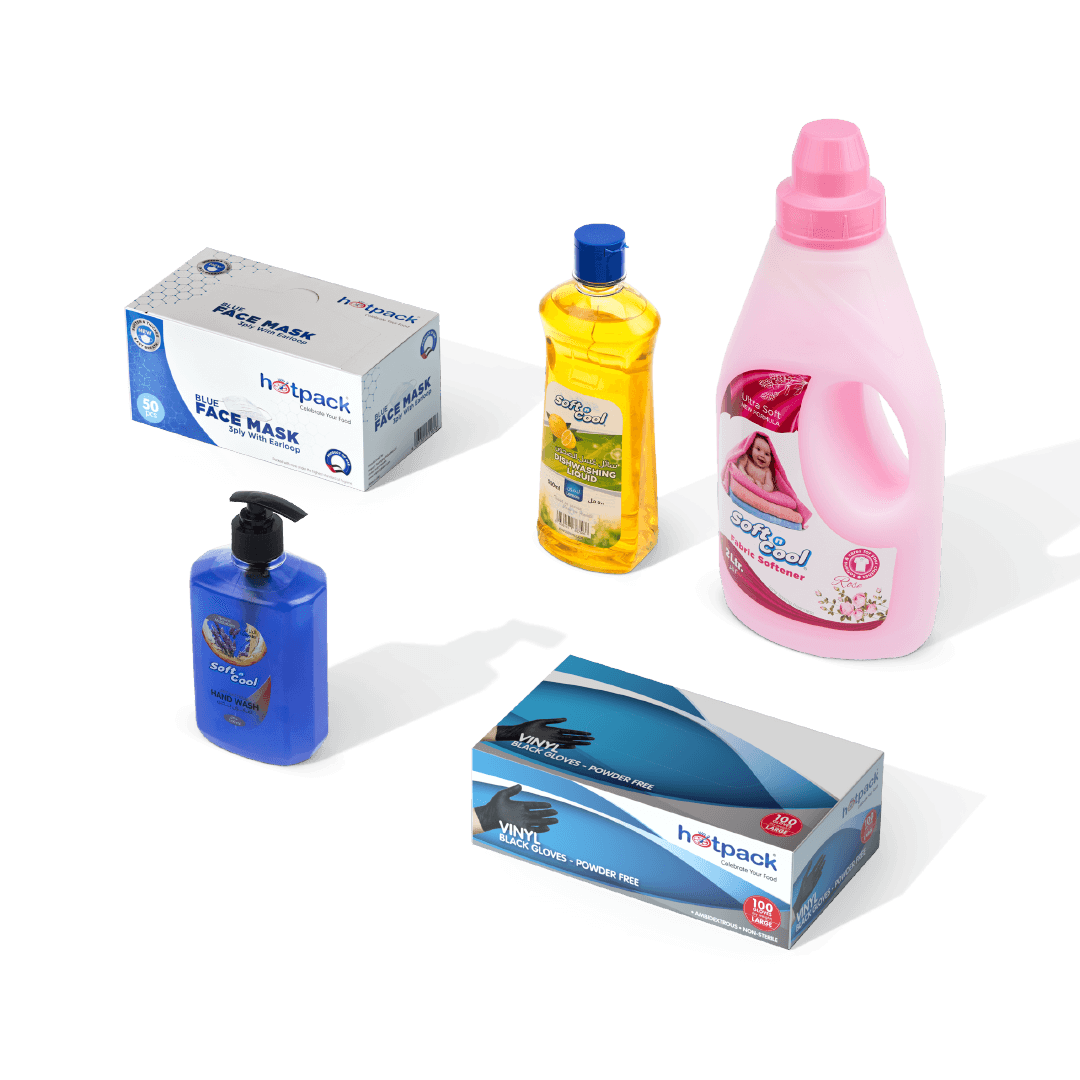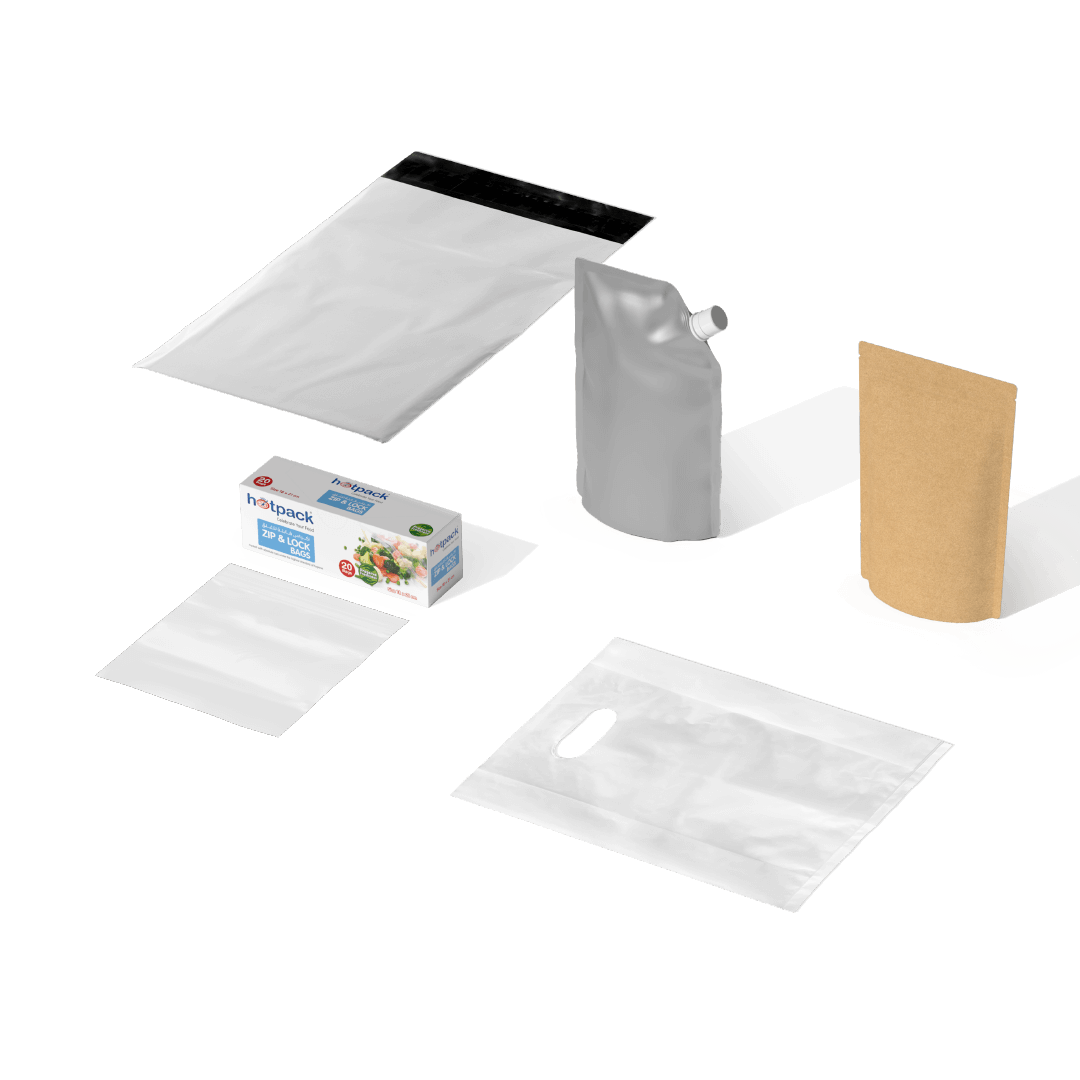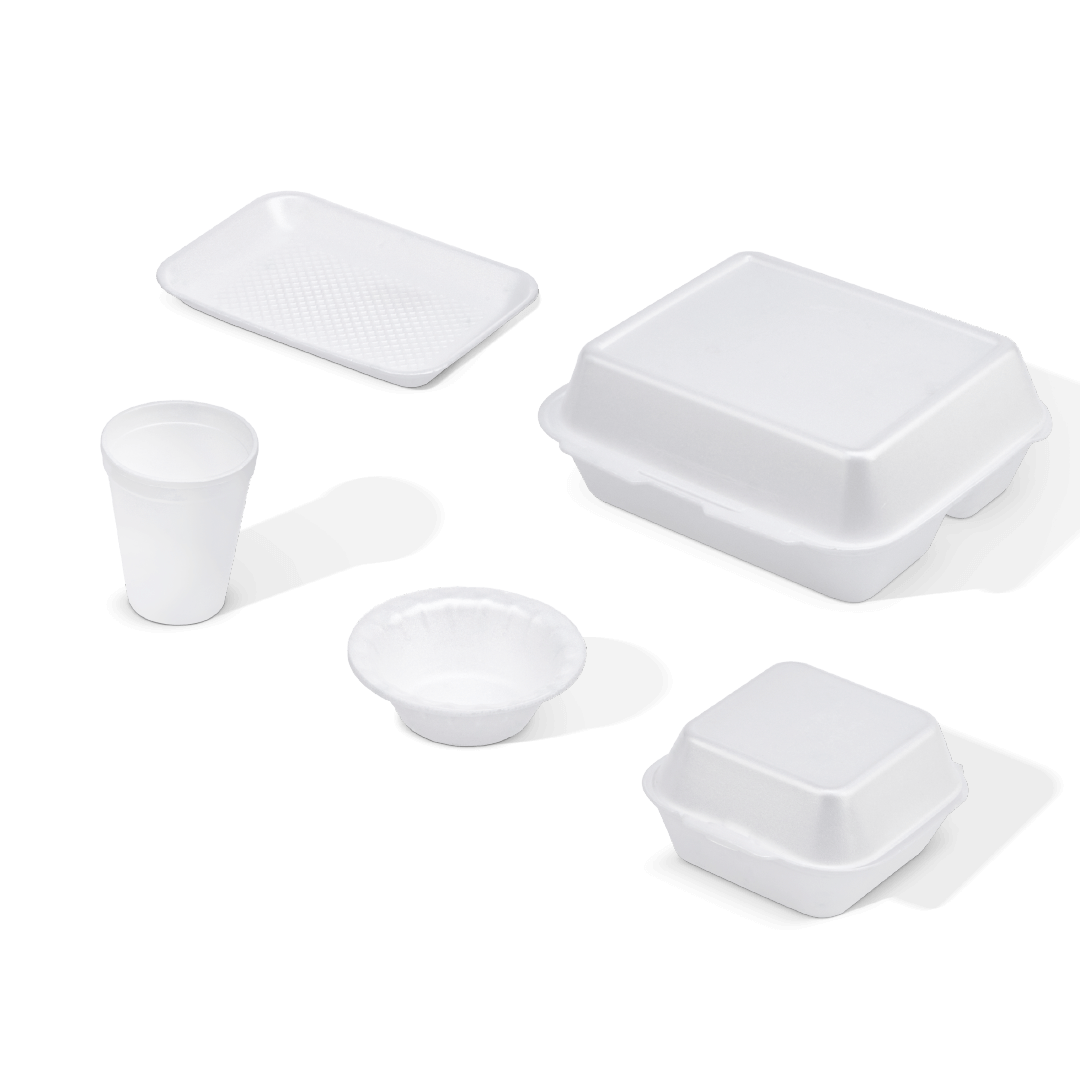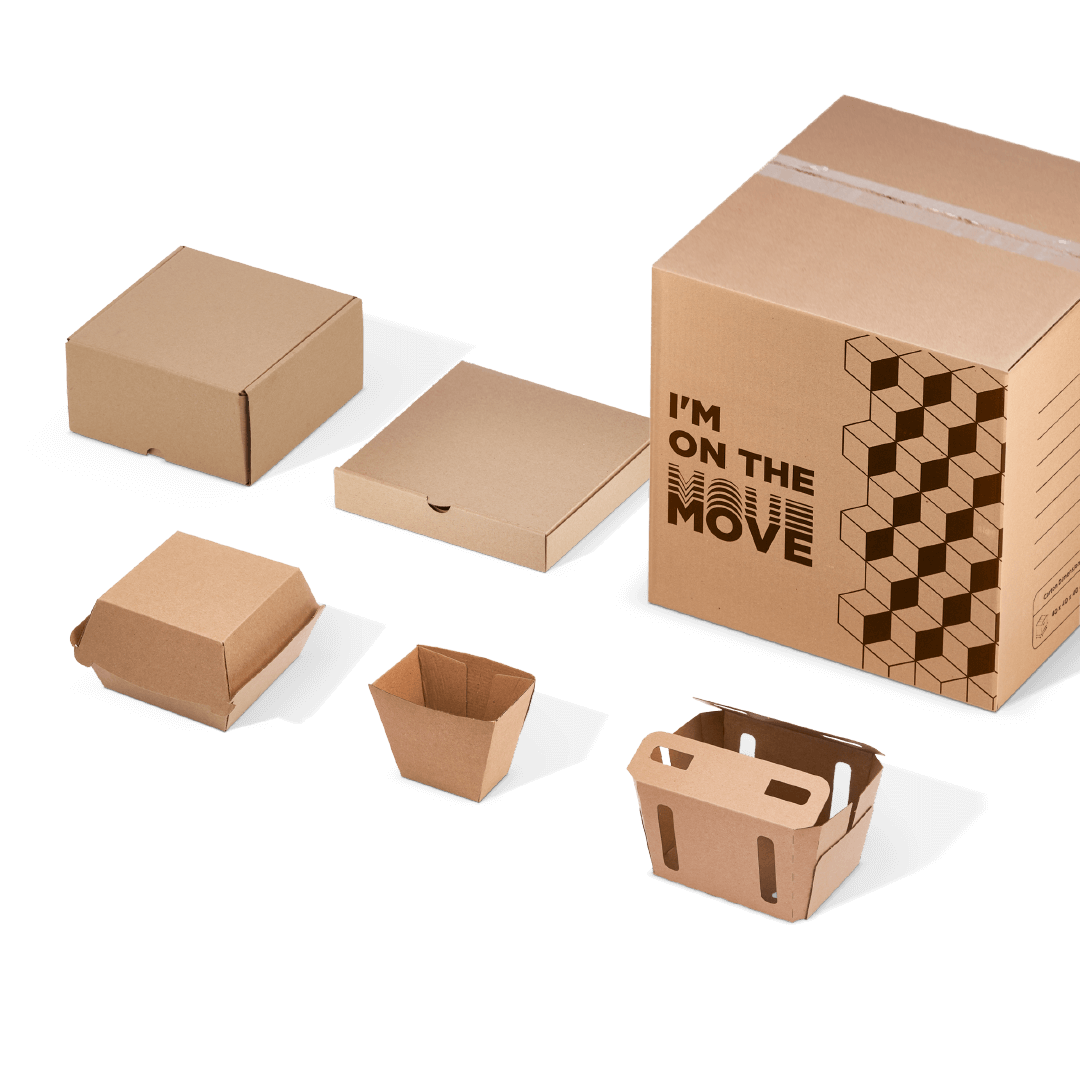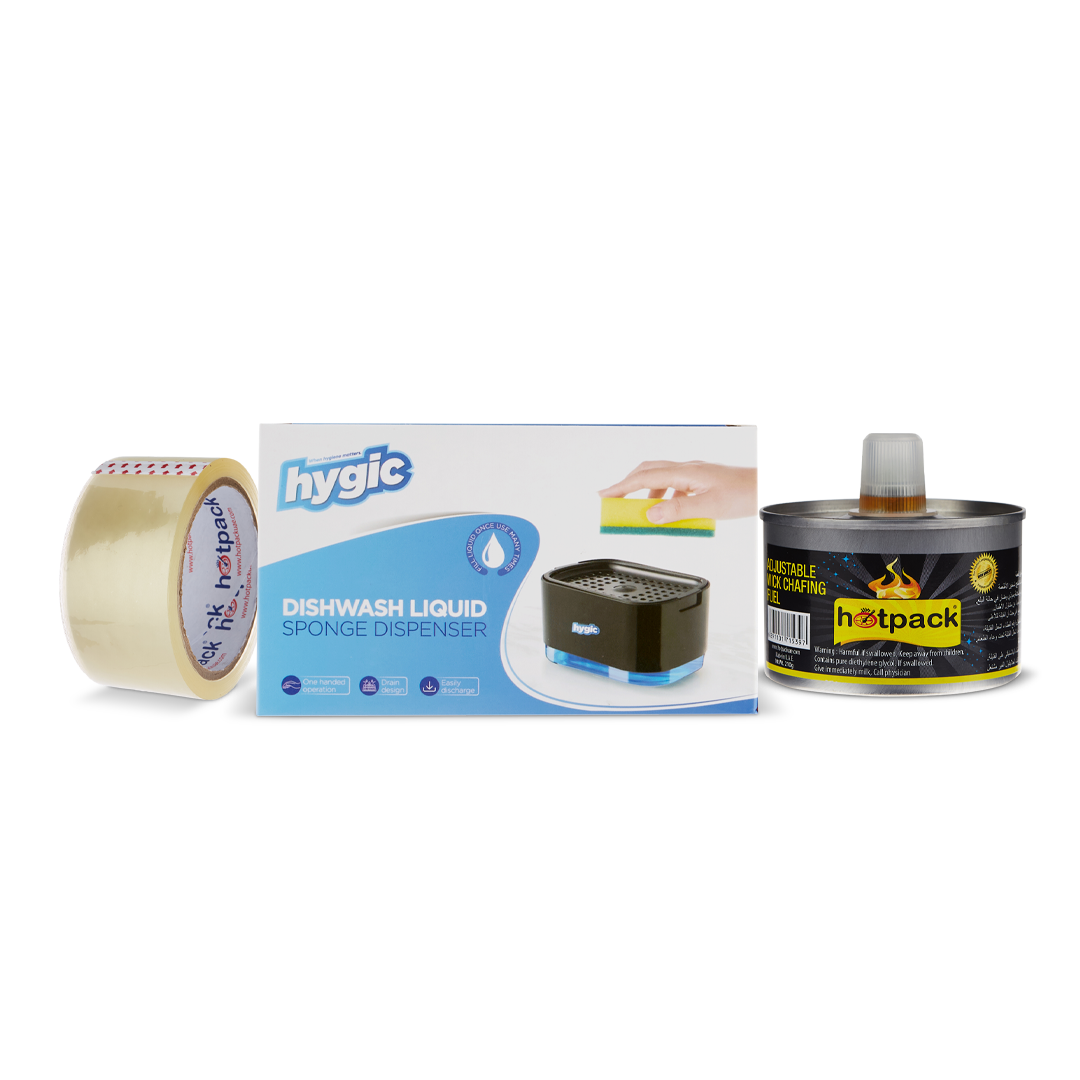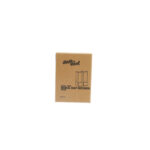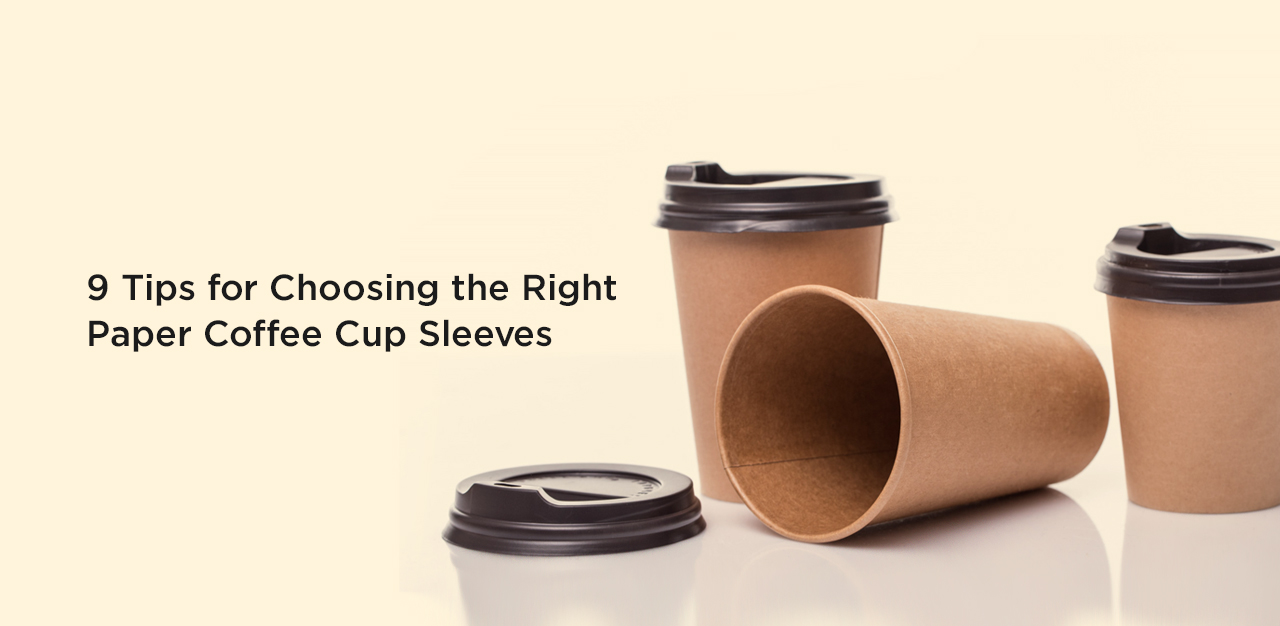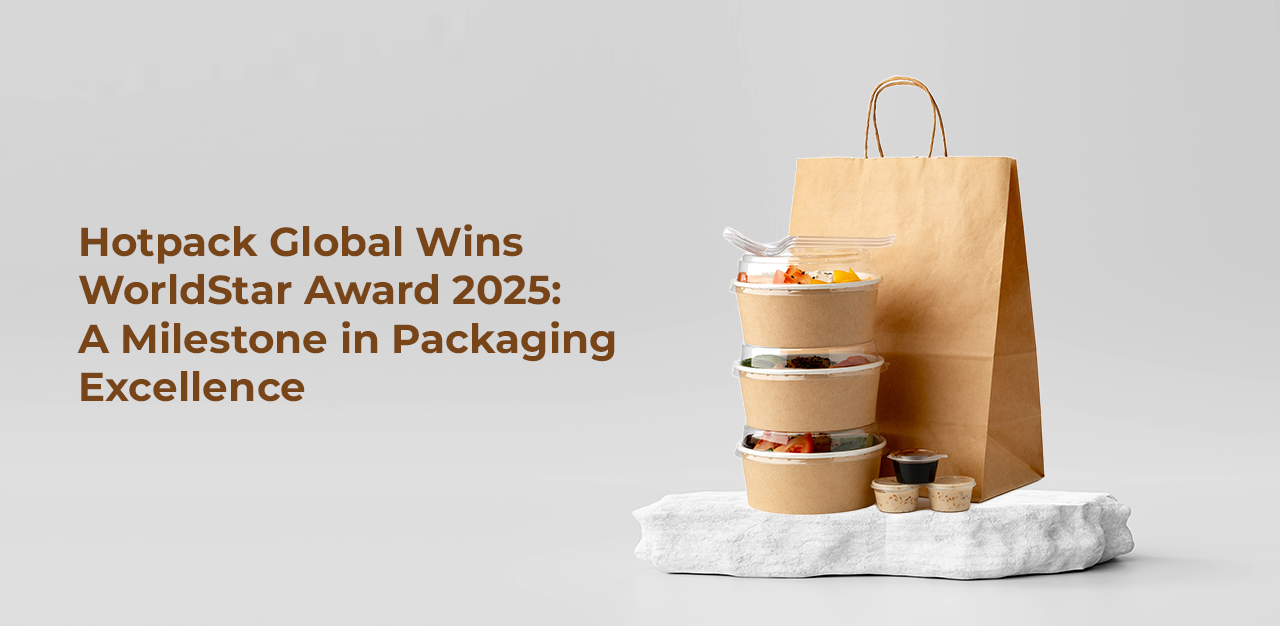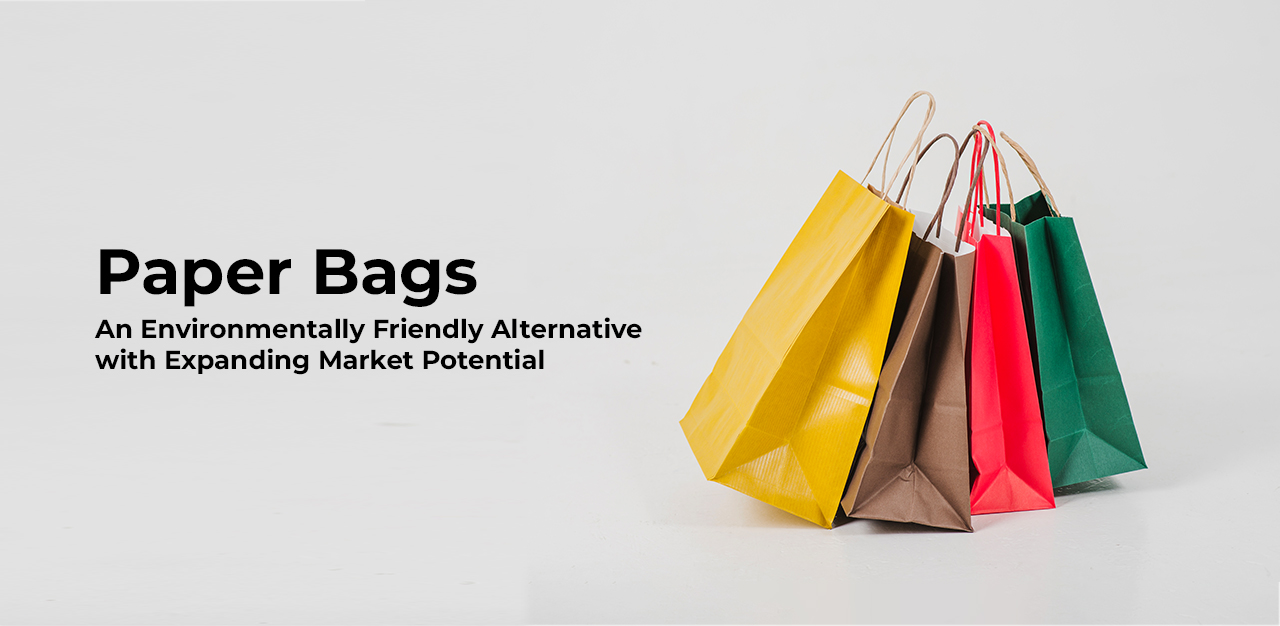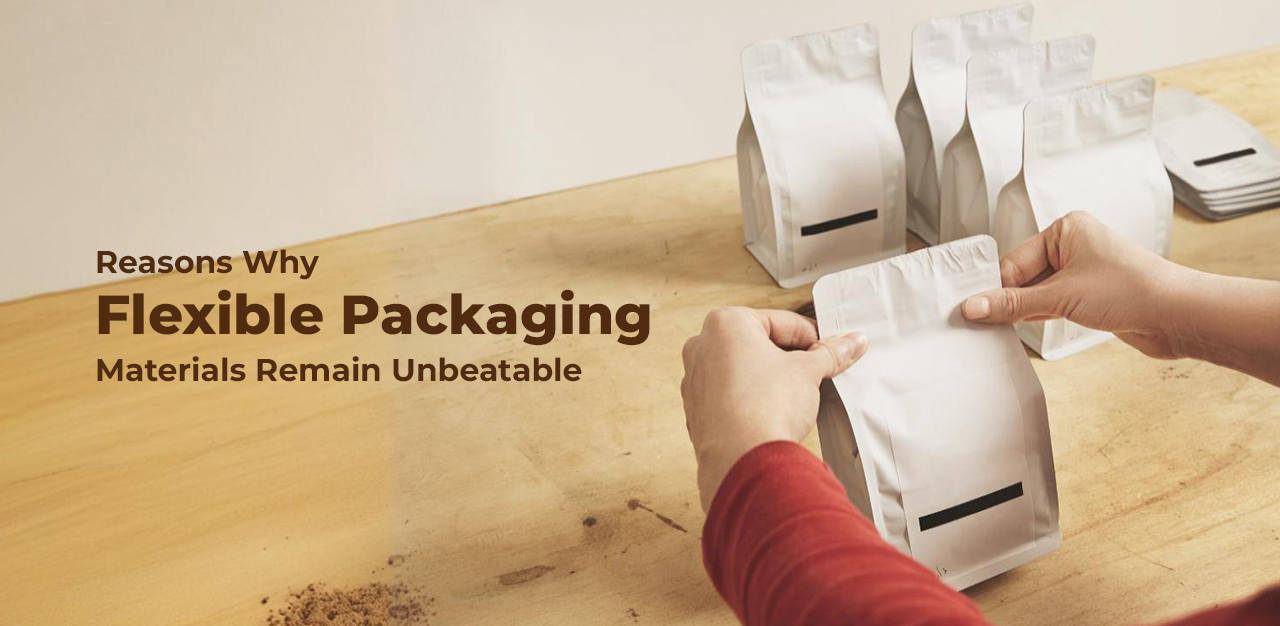Coffee shops and cafes rely on paper coffee cup sleeves to protect customers’ hands from hot cups. Considering hot cups with lids and sleeves have become ubiquitous at most coffee outlets, investing in good-quality paper coffee cup sleeves is critical for any café owner. But with so many options on the market, how do you choose the right paper coffee cup sleeves for your business?
Hot cups with lids and sleeves are essential cafe supplies that protect customers from hot paper and plastic cups. Paper coffee cup sleeves specifically allow easy handling and sipping of the coffee. When it comes to choosing these supplies for your own shop—whether disposable or reusable—buy coffee cups for the cafe wisely based on quality, customizability, eco-friendliness, and pricing. This article looks at key factors to guide your decision when you buy coffee cups for a cafe. Let’s look at the essential tips for choosing the right paper coffee cup sleeves.
-
Consider sleeve thickness
The thickness of the paper coffee cup sleeve is a primary factor that affects insulation and durability. Thicker sleeves ranging from 32-pound cardstock paper to double-wall corrugated cardboard can withstand higher temperatures better and last longer. They are less likely to get soggy or teary when holding hot drinks.
However, extremely thick sleeves could also obstruct comfortable handling, especially for smaller hand sizes when lifting cups to drink. Test out a few thickness variants with your cups to find the right balance for good protection without causing discomfort.
-
Inspect water resistance properties
Will your paper sleeves withstand minor spills or splatters? Liquid proofing on paper coffee cup sleeves makes a significant difference in how long they last when holding potentially wet cups. Wax coatings and double walls enhance durability. Or look for hot cups with lids and sleeves made of heavier-duty materials like recycled paperboard.
When liquids seep in, unprotected sleeves will lose structural stability quicker and may tear when lifting cups. Water resistance also keeps customers’ hands from directly touching condensed moisture on cups.
-
Mind Interior Coating for Staining
Over time, liquid seepage could cause ugly brown staining inside the paper coffee cup sleeves from the disposable cup’s exterior. Double-wall sleeves avoid direct contact with the cup exterior. For single-walled sleeves, wax or PE coatings act as barriers against staining as liquids take longer to penetrate.
Without a coating, the liquids could transfer to hands as well, which is unhygienic. Hence, for both sanitary and aesthetic concerns, consider moisture-blocking inner layers.
-
Determine the needed print area
Building your brand? Ensure adequate printable space to add the cafe logo, tag lines, promotions, or customizable names when customers order sleeves. Measure your existing cups’ surface visible above the sleeve and verify if the sleeves have enough room to showcase all your designs and text clearly. For full photos or complex graphics, larger real estate is useful.
Factor in sleeve tightness around the cup too—a looser fit leads to slipping that could obstruct prominent branding. For clear visibility of prints, work with water-resistant-coated sleeves rather than textured sleeves like kraft paper too.
-
Pick the appropriate size
What cup sizes do you serve most frequently? Carry paper coffee cup sleeves in as many diameter variants as your hot drink menu necessitates. This includes tall, grande, venti cups, etc., from 8oz to 24oz options across plastic, paper, and reusable product lines. Match the right sleeve for each.
Mismatched sleeves lead to improper coverage for protecting hands or displaying prints. Oversized sleeves slip, while undersized ones hardly fit. Take measurements or check current cup specifications when reordering replacement sleeves, even if you buy from the same brand again. New iterations may vary slightly in dimensions.
-
Calculate the needed quantity
Under order on sleeves, you risk running out at high-demand times. However, overpurchasing also leads to excessive wasted inventory and frozen storage space and money. So, accurately project the monthly or annual sleeve requirement for your cafe based on current drink sales.
Factor in growth projections too. Purchasing extra sleeves equates to preparing your operations for increasing future foot traffic as you market and scale the business. But start conservative if you lack sales data and order subsequent batches once turnover validates demand.
-
Compare bulk versus lower quantity
Buying paper coffee cup sleeves in bulk packs brings down per-unit costs significantly, sometimes by more than half the price. So opt for bulk quantities whenever feasible for high-movement sleeves that are sure to be utilized. 100- or 500-sleeve packs make sense for proven top sellers.
But gauge customer feedback before committing to thousands of sleeves in one go. For trial runs, first, adopt lower minimum orders to mitigate the downside risk of unsold inventory. Once confident in demand forecasts, unlock bulk rates.
-
Check shipping and lead times
Online purchases provide wider buying options than local searches and often better pricing too. But do account for delivery costs and lead times when buying paper coffee cup sleeves online, especially in bulk. Factor taxes and shipping fees into cost comparisons between vendors before finalizing your choice.
And buffer longer delivery lead times in your reorder planning cycles. Local options could restock faster in a pinch despite higher base prices. So, balance both online and offline sources based on total costs, timeliness, and risk mitigation needs.
-
Determine environmental priorities
Eco-friendly considerations may play a significant role for Gen Z and millennial patrons. Sustainable manufacturing processes, including FSC-certified paper, plant-based inks, and biodegradable materials, signal social responsibility. Reusable options reduce waste—products like sleeves made of silicone allow hand washing for reuse.
Though pricier, environmental paper coffee cup sleeves attract customer goodwill and convey your brand ethos. Evaluate carbon footprint reduction versus inventory expenses to choose which works best financially for your cafe’s context.
Conclusion
By following these guidelines to buy coffee cups for cafe judiciously, narrow down on paper coffee cup sleeves that check all boxes—functional utility, durable quality, branding potential, and environmental values important to your patrons. The right sleeves make the perfect complement for well-crafted beverages, lending customers and your baristas a comfortable, secure grip around cups to savour every sip.

